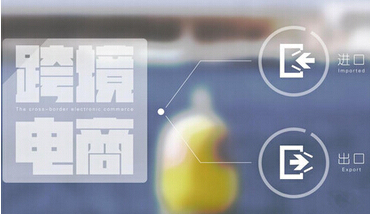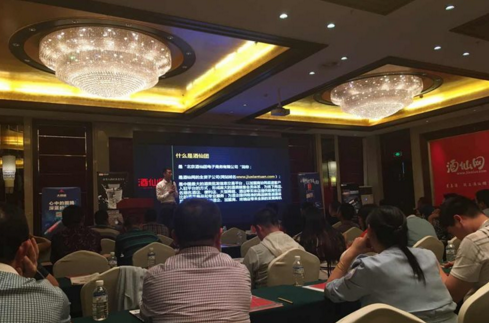PLC定义
PLC编程是一种数字运算操作的电子系统,专为在工业环境下应用而设计。
它采用可编程序的存储器,用来在其内部存储执行逻辑运算、顺序控制、定时、计数和算术运算等操作的指令,并通过数字式、模拟式的输入和输出,控制各种类型的机械或生产过程。
PLC的发展适应了工业生产过程控制的要求。在初创 期,产品的目标是按10项
招标技术指标开发的。
PLC类别
一.整体式结构
它的特点是结构紧凑,体积小,成本低,安装方便,
缺点是输入/输出点数是固定的,不一定能适合具体的 控制现场的需要。这类产品有OMRON公司的C20P、 C40P、C60P,三菱公司的Fl系列,东芝公司的EX20/40系列 列等。
二.模块式结构
这种结构形式的特点是把PLC的每个工作单元都制成独立 的模块,如CPU模块、输入模块、输出模块、电源模块、通 新模块等。
PLC的特点是系统构成非常灵活,安装、扩展 展、维修都很方便,缺点是体积比较大。常见产品有 OMRON公司的C200H、C1000H、C2000H,西门子公司的 S5-115U、S7-300、S7-400系列等。
PLC基本功能
- 逻辑控制功能
- 定时控制功能
- 计数控制功能
- 步进控制功能
- 数据处理功能
- 回路控制功能
- 通讯联网功能
- 监控功能
- 停电记忆功能
- 故障诊断功能
翻译成英文:
Introduction to PLC
PLC definition
PLC programming is an electronic system for digital operation, designed for application in an industrial environment.
It uses programmable memory to store instructions for performing logic operations, sequence control, timing, counting and arithmetic operations, and control various types of machinery through digital and analog input and output. Or the production process.
The development of PLC has adapted to the requirements of industrial production process control. In the initial stage, the target of the product was developed according to 10 bidding technical indicators.
PLC category
1. Integral structure
It is characterized by compact structure, small size, low cost and easy installation.
The disadvantage is that the number of input/output points is fixed, which may not be suitable for specific control site needs. Such products include OMRON's C20P, C40P, C60P, Mitsubishi's Fl series, and Toshiba's EX20/40 series.
2. Modular structure
The characteristic of this structure is that each working unit of the PLC is made into an independent module, such as CPU module, input module, output module, power supply module, communication module and so on.
The characteristic of PLC is that the system configuration is very flexible, installation, expansion, and maintenance are very convenient. The disadvantage is that it is relatively large. Common products include OMRON's C200H, C1000H, C2000H, Siemens' S5-115U, S7-300, and S7-400 series.
PLC basic functions
- Logic control function
- Timing control function
- Counting control function
- Step control function
- Data processing function
- Loop control function
- Communication network function
- Monitoring function
- Power failure memory function
- Fail diagnosis function








